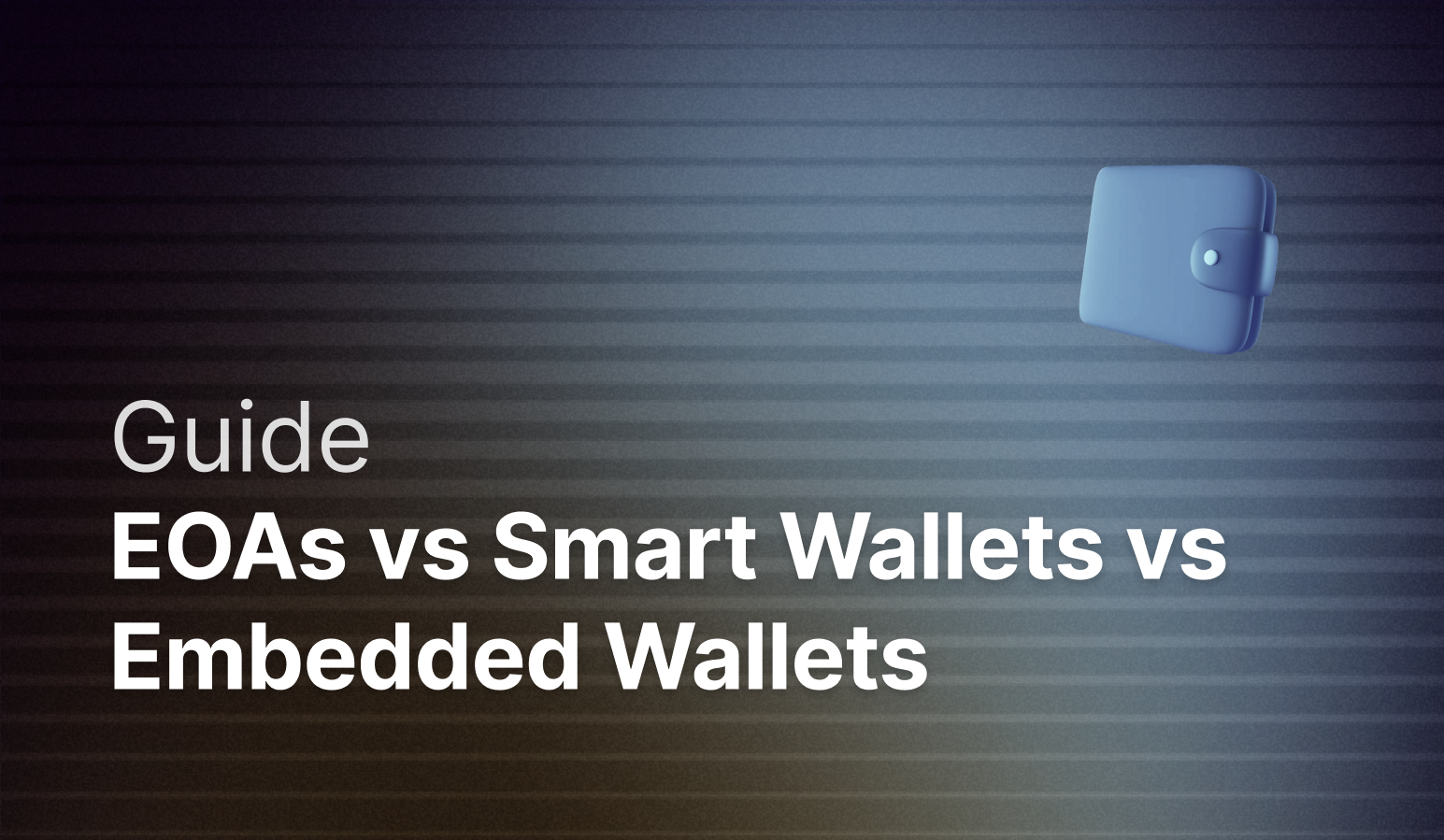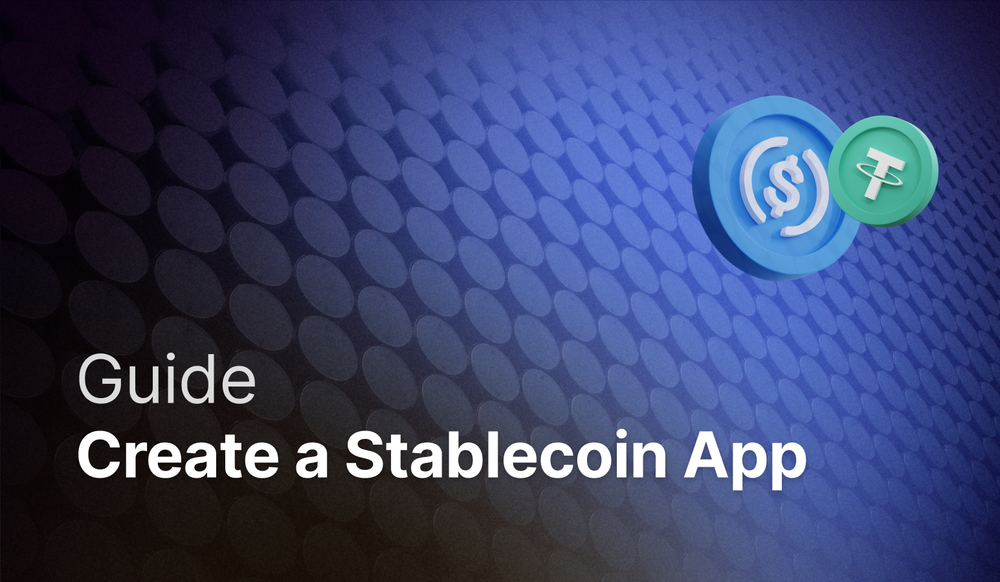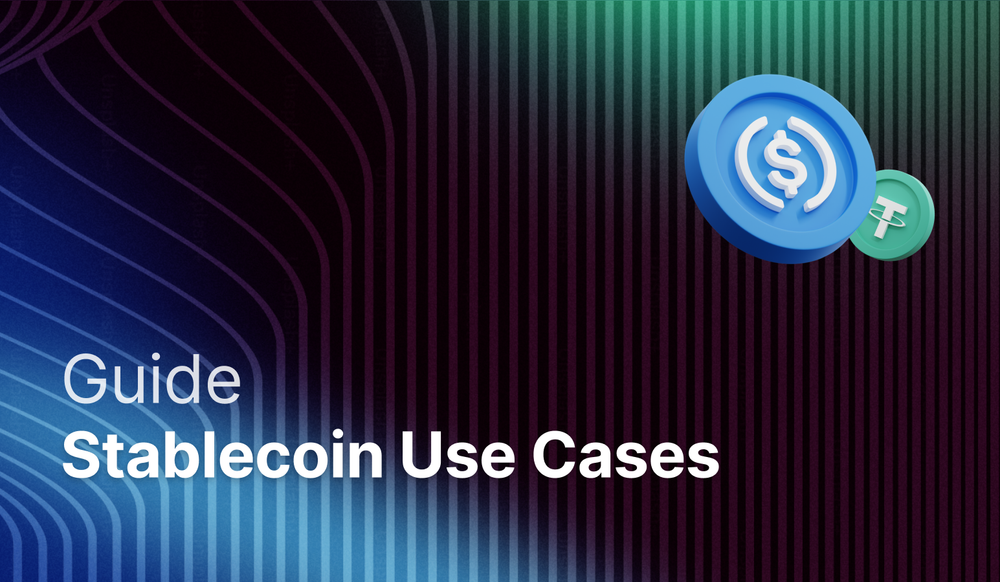Choosing the right wallet architecture is crucial for any business building on blockchain. Your wallet choice directly impacts user experience, security, and how quickly you can scale. While Externally Owned Accounts (EOAs), Smart Wallets, and Embedded Wallets all enable blockchain transactions, they serve different business needs and come with distinct tradeoffs.
This guide breaks down the differences between EOA vs. Smart Wallet vs. Embedded Wallet architectures and helps you determine which type best fits your business requirements.
What is a blockchain wallet?
A blockchain wallet is a tool that allows users to store, send, and receive digital assets like stablecoins, cryptocurrencies and tokens. Unlike traditional wallets that hold physical currency, blockchain wallets store cryptographic keys that prove ownership of assets on the blockchain.
The type of wallet you choose affects everything from how users onboard to your application to how transactions are processed and secured. Today’s wallet solutions range from simple key storage (EOAs) to programmable accounts (Smart Wallets) to completely abstracted experiences (Embedded Wallets).
The purpose of wallet architecture
While EOAs, Smart Wallets, and Embedded Wallets all enable blockchain interactions, their primary purpose differs based on your target users and use case. The right wallet architecture helps you balance user experience, security, and decentralization to meet your specific business needs.
Businesses implementing blockchain solutions use wallet architecture decisions to optimize for their priorities—whether that's maximum security, seamless onboarding, or advanced functionality.
EOA vs. Smart Wallet vs. Embedded Wallet: What's the difference?
While all three wallet types enable blockchain transactions, each serves different purposes and audiences. EOAs provide maximum user control with minimal complexity. Smart Wallets add programmable features through smart contracts. Embedded Wallets prioritize user experience by hiding blockchain complexity entirely.
Here's a deeper look at each wallet type:
Externally Owned Accounts (EOAs) are the original wallet design, controlled by a single private key. Users must manage a 12-24 word seed phrase and manually handle all aspects of transactions, including gas fees. If you lose your private key, you lose access forever. EOAs offer maximum decentralization but require significant technical knowledge from users.
Smart Wallets use smart contracts to enable programmable features like multi-signature security, spending limits, and account recovery. Built on standards like ERC-4337, they can abstract away gas fees and support more sophisticated access controls. Smart Wallets require higher implementation costs but provide better security and user experience than EOAs.
Embedded Wallets integrate directly into applications, allowing users to create wallets using familiar methods like email or social login. The wallet infrastructure is managed behind the scenes using technologies like multi-party computation (MPC). Users never see private keys or blockchain addresses, making these wallets ideal for mainstream adoption.
Benefits of different wallet types
Each wallet architecture offers unique advantages. The type you choose depends on your users, use case, and business model.
Benefits of EOAs
EOAs remain popular for users who prioritize complete control over their assets.
Benefits of EOAs include:
- Complete user sovereignty—no third party can freeze or access funds
- Simple architecture with minimal implementation complexity
- Lowest transaction costs (no smart contract overhead)
- Maximum compatibility across all EVM chains
- No vendor lock-in or platform dependencies
Benefits of Smart Wallets
Smart Wallets address many EOA limitations through programmable security features.
Benefits of Smart Wallets include:
- Account recovery through social recovery or guardian systems
- Multi-signature requirements for high-value transactions
- Gas abstraction—users can pay fees in any token
- Spending limits and transaction rules
- Batch transactions to save on gas costs
Benefits of Embedded Wallets
Embedded Wallets remove blockchain complexity to enable mainstream adoption.
Benefits of Embedded Wallets include:
- Familiar onboarding using email or social login
- No seed phrases or private key management
- Account recovery through standard authentication methods
- Invisible blockchain complexity for end users
- Fastest time to market for developers
Which wallet architecture do you need?
Selecting the right wallet architecture depends on your specific use case, target audience, and business priorities. Here's how to evaluate your options:
Choose EOAs if:
- Your users are crypto-native and comfortable managing private keys
- Maximum decentralization is a core requirement
- You need the simplest possible implementation
- Transaction costs must be minimized
- Cross-chain compatibility is essential
Choose Smart Wallets if:
- You need programmable security features like multi-sig or spending limits
- Account recovery is a critical requirement
- Your users want to pay gas fees in alternative tokens
- You're building for DAOs or organizations with complex access controls
- Security is more important than implementation simplicity
Choose Embedded Wallets if:
- You're targeting mainstream users unfamiliar with crypto
- Seamless onboarding is your top priority
- You want to hide blockchain complexity entirely
- Time to market is critical
- User experience trumps decentralization concerns
The Crossmint advantage: Smart features in an embedded wallet
Other wallet providers force you to choose between user experience and advanced functionality. Crossmint breaks this tradeoff by delivering smart wallet capabilities within an embedded wallet infrastructure.
With Crossmint's embedded wallet solution, you get:
Smart wallet functionality: Access advanced features like multi-signature security, spending limits, and programmable transaction rules—all while maintaining the seamless experience of an embedded wallet. Your users benefit from enhanced security without managing complex smart contracts.
Flexible custody options: Unlike other embedded wallet providers that lock you into custodial solutions, Crossmint offers both custodial and non-custodial options. Start with a custodial setup for maximum simplicity, then transition to non-custodial as your needs evolve—or let users choose their preferred model.
No vendor lock-in: Crossmint's architecture ensures you maintain full control over your wallet infrastructure. Export keys, migrate to different providers, or even transition to self-hosted solutions whenever needed. Your business isn't trapped by proprietary systems.
Enterprise-grade infrastructure: Built for scale with 99.9% uptime SLA, SOC 2 Type II compliance, and support for millions of concurrent users. Crossmint handles the complexity of key management, transaction broadcasting, and blockchain interactions so you can focus on your core product.
Developer-friendly integration: Get started in minutes with SDKs for all major platforms, comprehensive documentation, and dedicated support. Crossmint's APIs abstract away blockchain complexity while giving you granular control when needed.
Contact us today to see why thousands of developers and companies choose Crossmint to build onchain.








